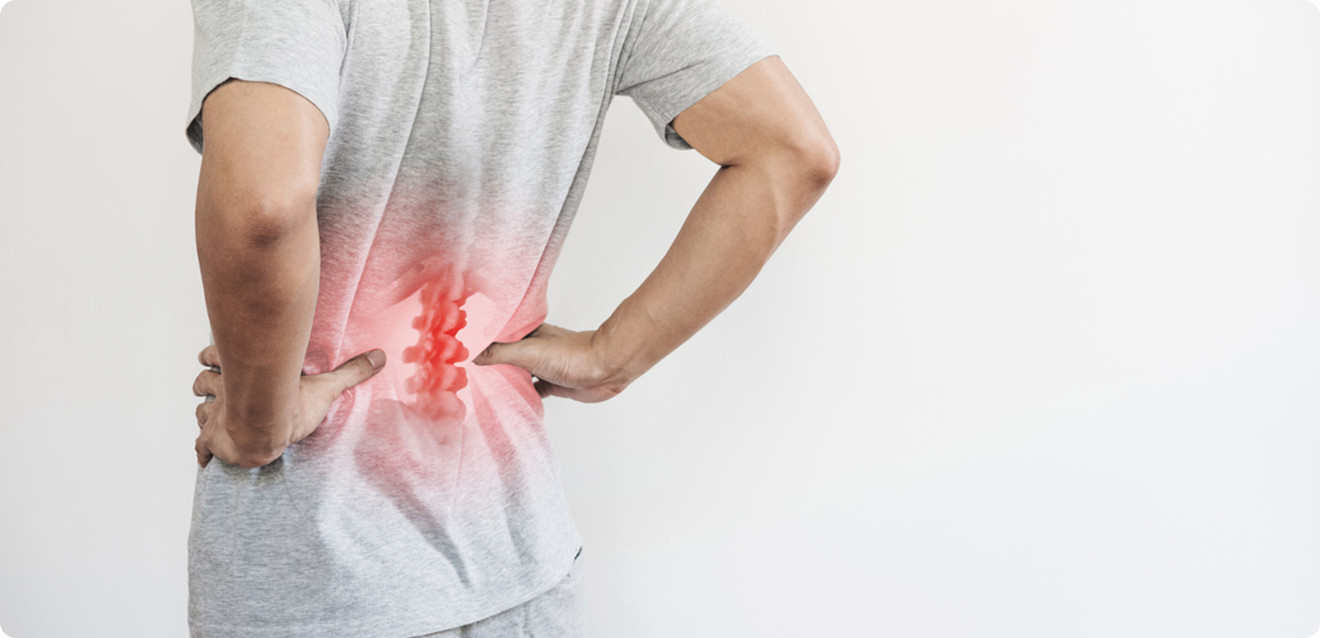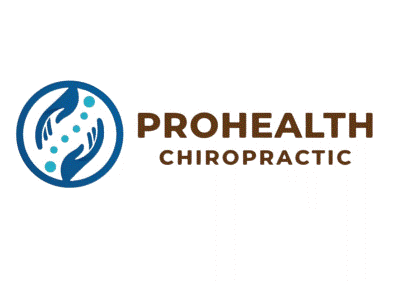service
Scoliosis

Detail
Scoliosis
Scoliosis is a condition in which the spine becomes abnormally curved to the side. The curvature can occur on either the left or right side and may involve a single curve forming a “C” shape, or two curves forming an “S” shape.
Initial Screening Methods for Scoliosis: The characteristics and severity of scoliosis can vary from person to person, and the physical signs may also differ. However, some basic signs that can be observed include the following:
- The two shoulders are uneven in height.
- The torso leans to one side when standing or walking.
- The hips or pelvis are uneven on both sides.
- The back or chest protrudes unevenly.
- The spinal curve is clearly visible.
Initial observation of scoliosis symptoms: If the spinal curvature is mild, it may be difficult to notice. The patient's posture can be examined by having them stand straight and then bend forward (Adams Forward Bend Test) to observe any imbalance in the body.
Have the patient bend forward and observe whether the left and right sides of the back are equally prominent, or whether both sides of the waist are equally raised. Normally, when bending forward and viewed from behind—whether at the chest or waist level—both sides should be aligned in the same plane. If scoliosis is present, the left and right sides of the back will appear unevenly raised when bending forward.
Patients can also observe changes in their body, such as uneven hips or pelvis, or uneven shoulder heights. They can also observe themselves while standing or walking. Additionally, doctors may order an X-ray to examine abnormalities in the spine and to determine whether the symptoms are related to the central nervous system. An MRI may be considered if there is suspicion of other associated abnormalities.
Risk factors for scoliosis
- Age: The abnormalities and symptoms of the disease often occur during childhood and adolescence.
- Gender: It occurs more frequently in females than in males, and females tend to have more severe symptoms than males.
- Genetics: If a family member has a history of scoliosis, other family members are also at risk of developing scoliosis.
- Behavioral factors, such as sitting cross-legged, putting weight on one side while sitting, standing with weight on one leg, or carrying a bag on one shoulder.




